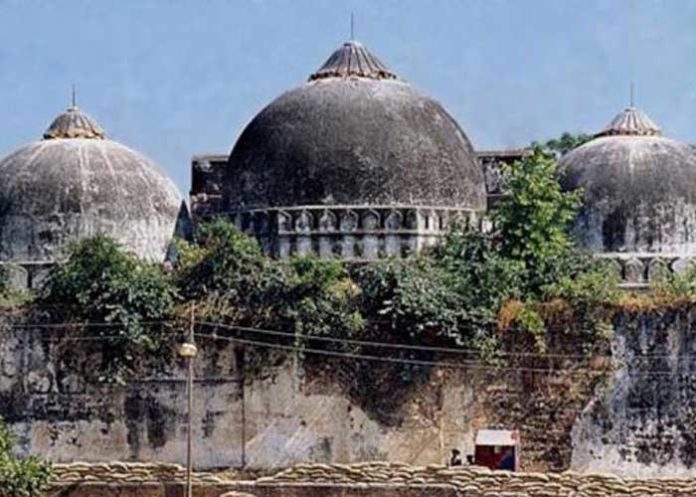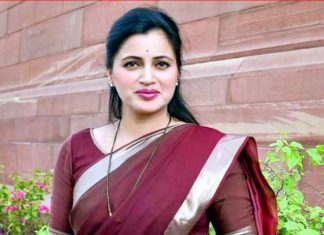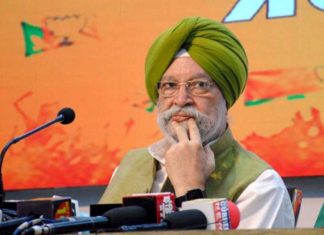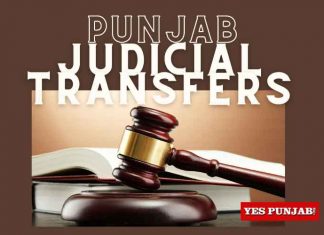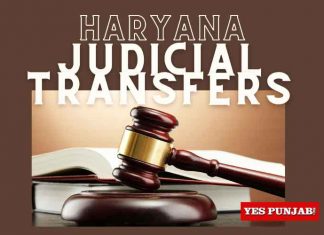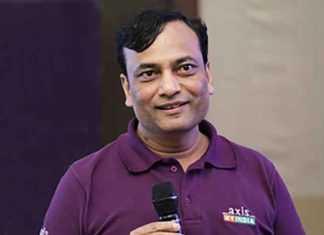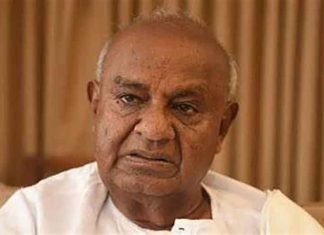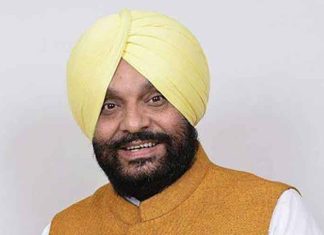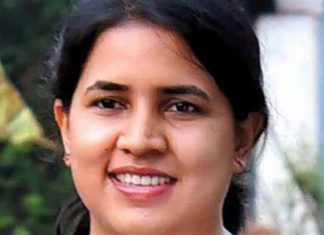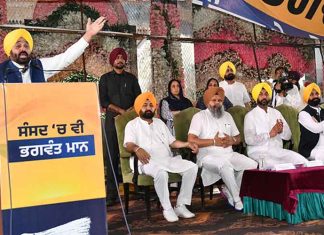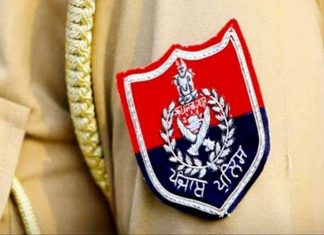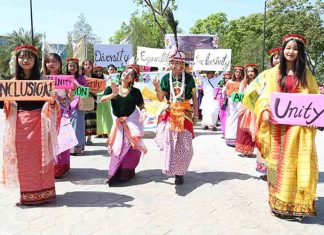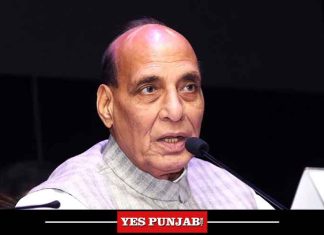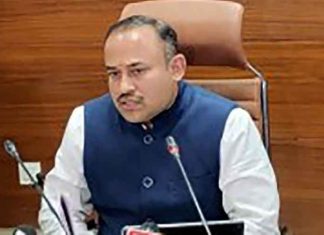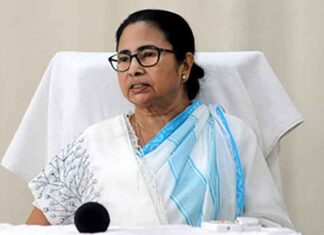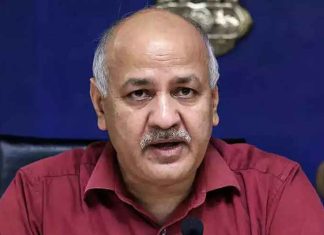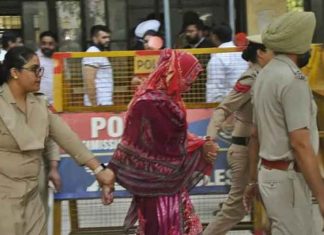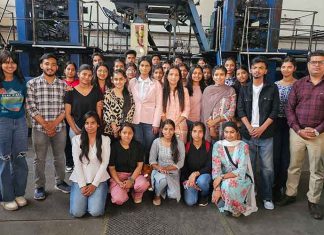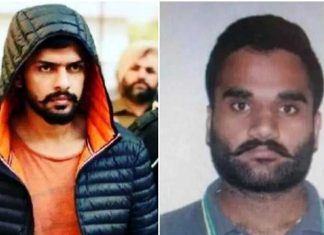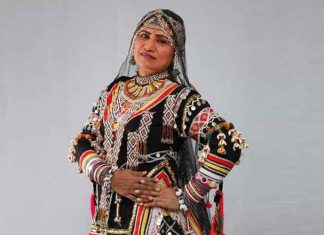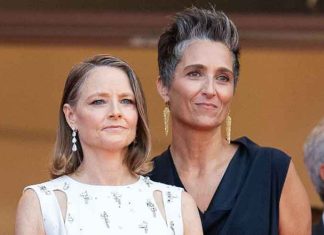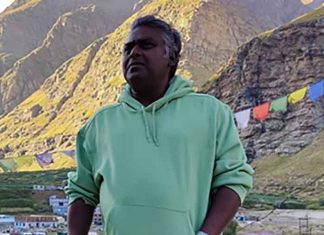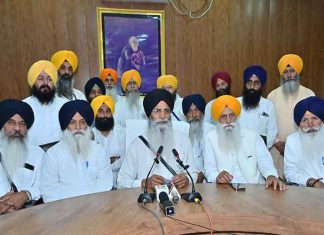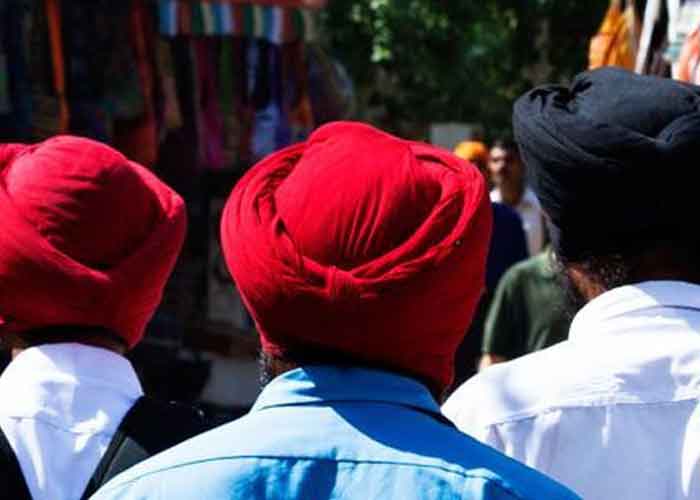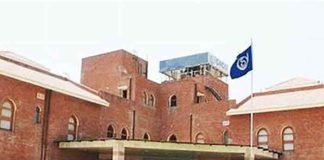New Delhi, Aug 27, 2019-
One of the Hindu parties, laying claim to the Ram Janmabhoomi site in Ayodhya, on Tuesday claimed that the Babri Masjid was not constructed by the first Mughal Emperor Babar and even that it did not have characteristics of a mosque.
Senior advocate P.N. Mishra, arguing on behalf of Ram Janmabhoomi Punaruddhar Samiti, told a Constitution bench headed by Chief Justice Ranjan Gogoi that their case is different from the Niromahi Akhara.
“Our case is little different. We have submitted before the Allahabad High Court that Babar did not construct the mosque,” Mishra said, raising doubt over the construction even by his nobleman, Mir Baqi.
Mishra also told the court that Babar had never visited Ayodhya.
He said that there are chances of some demolition during Aurangzeb’s rule but later Hindus thronged the site and reoccupied the structure.
As the bench asked if it made any difference whether the disputed site was built by Babar or Aurangzeb, Mishra said that it does not make any difference for his client but it makes difference for Muslims, since they have claimed that in 1528, Babar came and there was a battle after which the mosque was built, so they have to prove the point.
He claimed that the Sunni Waqf Board’s claim that the mosque was built by Babur in the 16th century is without any merit as the structure had a modern look.
He also denied that the disputed structure was a mosque as it did not have any characteristic that a mosque should have.
Justifying claim over the disputed site, Mishra said that since time immemorial, Hindus have been worshiping at the Ramjanmabhoomi.
Asked by the bench to show any writings which said that the place was Ramjanmabhoomi, the counsel cited a research work done by an Englishman in 1902 to justify his argument.
He said that the researcher had written that as per his study and knowledge, that disputed sites is birthplace of Lord Rama, and also cited various scriptures to prove his case.
Mishra pointed out spots of worship in the map attributed to Vaanar commanders who used to protect the fort, while the Skanda Purana provides the rituals to be performed at Ayodhya.
However, R. Dhawan, appearing for Muslim party, pointed out certain discrepancies in the map and said that the map given and the directions being shown by Mishra are different from what everyone has been arguing.
In his argument, Mishra also cited Archaeology Survey of India report and said that it had excavated the site, seven rows of pillars were found. When these pillars were counted, they were altogether 85. According to Hindu tradition, it was believed that there were 84 pillars, which was close to the ASI report.
It is believed that temple was first constructed by Kush, son of Lord Rama, but there is no confirmation on this regard, the senior advocate said.
He also cited an inspection done by the Civil Judge in 1885 while hearing the suit and said that when he went to the site he noted no inscription but only superinscription “Allah”.
As the argument remained inconclusive, the court listed the matter for Wednesday for further hearing. (Agency)



